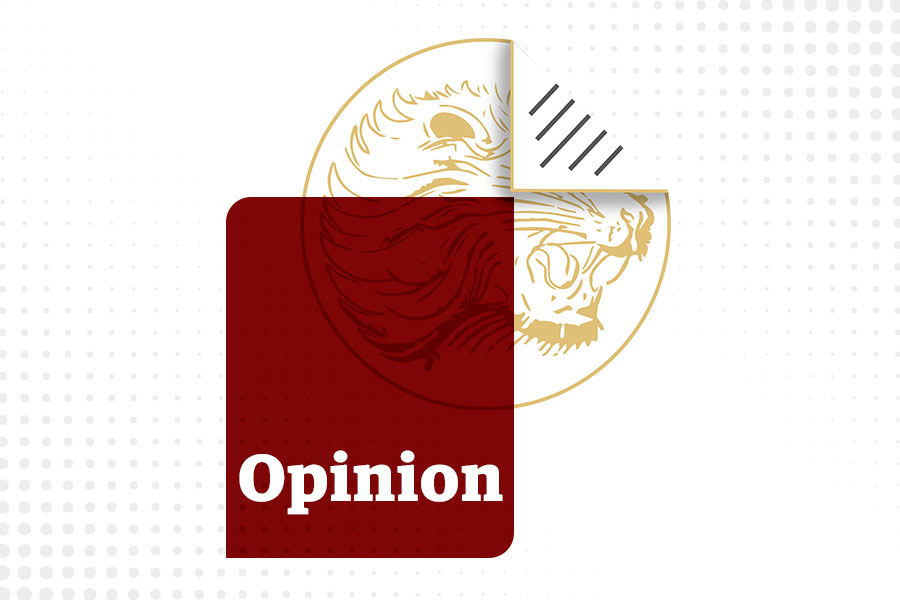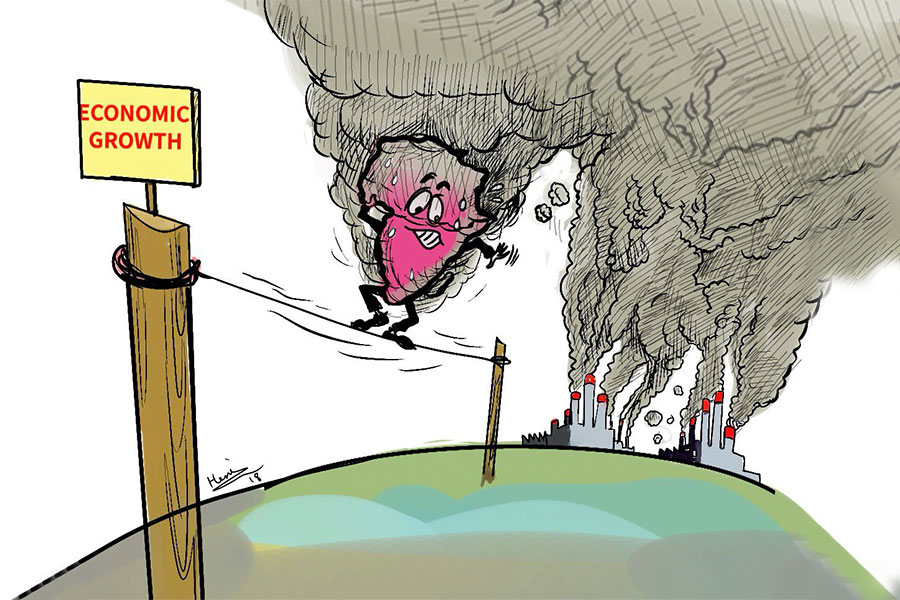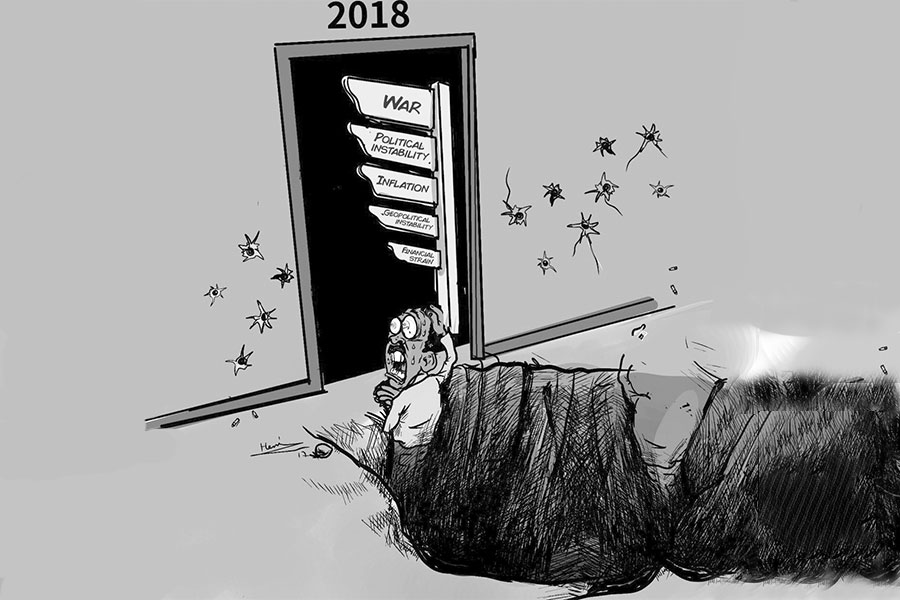
Photo Gallery | 157108 Views | May 06,2019
Nov 24 , 2024.
Over the past week, the Brewed Buck has been under intensifying pressure, revealing cracks in the foreign exchange market. Banks were seen adopting varied tactics to respond to the scarcity of dollars, with Dashen Bank emerging as a notable outlier in its aggressive pricing strategies.
In the six days beginning November 18, the Birr continued its downward trajectory against the U.S. Dollar. The average buying rate was 121.61 Br a dollar, while the selling rate averaged 124.16 Br, maintaining a spread of approximately 2.05pc. The consistent spread across most banks demonstrated the National Bank of Ethiopia's (NBE) firm grip on forex transaction margins, limiting volatility in an already constrained market.
However, beneath this surface stability, noteworthy variations emerged among individual banks. The state-owned Commercial Bank of Ethiopia (CBE) consistently posted the lowest buying rate of 119.2 Br a dollar throughout the week. Its conservative stance likely comes from CBE's executives' desire to prioritise stable foreign exchange flows over short-term profitability, aligning with teh Central Bank's objectives to maintain market equilibrium.
Dashen Bank adopted an aggressive approach. It offered the highest buying rates, surpassing 123 Br a dollar on multiple occasions. On November 23, Dashen's selling rate peaked at 127.2114 Br a dollar, much higher than its competitors. The bold strategy could show Dashen's keenness to optimise foreign currency inflows where the forex supply has been constrained, possibly responding to heightened demand pressures within its client base.
Other banks, such as Wegagen, Abyssinia, and Awash, also posted higher rates near the market's upper end but maintained steadier trajectories. Their more cautious strategies exhibited a balanced approach to market shifts, avoiding the extremes of Dashen's pricing.
Adding to the market's complexity, the National Bank of Ethiopia (NBE) displayed unusual fluctuations in its own rates.
On November 18, the Central Bank's posted spread aligned with the industry average at 2.05pc. However, it dropped sharply to 0.77pc on November 19 before climbing back to 1.62pc by November 23. The irregularity may signal the Central Bank's efforts to influence market behaviour or to test the elasticity of forex demand. It could also be about policy adjustments under pressure to manage the widening gap between official and parallel market rates.
The divergence in banks' strategies and the Central Bank's rate fluctuations expose underlying tensions in the forex regime. The enduring pressure on the Brewed Buck stems from structural challenges within the macroeconomic framework. A liquidity crunch, compounded by a widening trade deficit and limited external inflows, has intensified competition among banks for scarce forex holdings. The consistent depreciation of the Birr also signals deepening structural macroeconomic imbalances, calling for broader reforms to stabilise the foreign exchange market.
Last week's trends could be a manifestation of these constraints, with banks like Dashen willing to test the boundaries of regulatory constraints to secure liquidity.
As the Birr's erosion became more pronounced in the latter half of the week, concerns over forex supply intensified. Banks will likely continue competing aggressively for available liquidity unless underlying macroeconomic issues are addressed.
PUBLISHED ON
Nov 24,2024 [ VOL
25 , NO
1282]

Photo Gallery | 157108 Views | May 06,2019

Photo Gallery | 147399 Views | Apr 26,2019

Photo Gallery | 135980 Views | Oct 06,2021

My Opinion | 135295 Views | Aug 14,2021

Sep 13 , 2025
At its launch in Nairobi two years ago, the Africa Climate Summit was billed as the f...

Sep 6 , 2025
The dawn of a new year is more than a simple turning of the calendar. It is a moment...

Aug 30 , 2025
For Germans, Otto von Bismarck is first remembered as the architect of a unified nati...

Aug 23 , 2025
Banks have a new obsession. After decades chasing deposits and, more recently, digita...